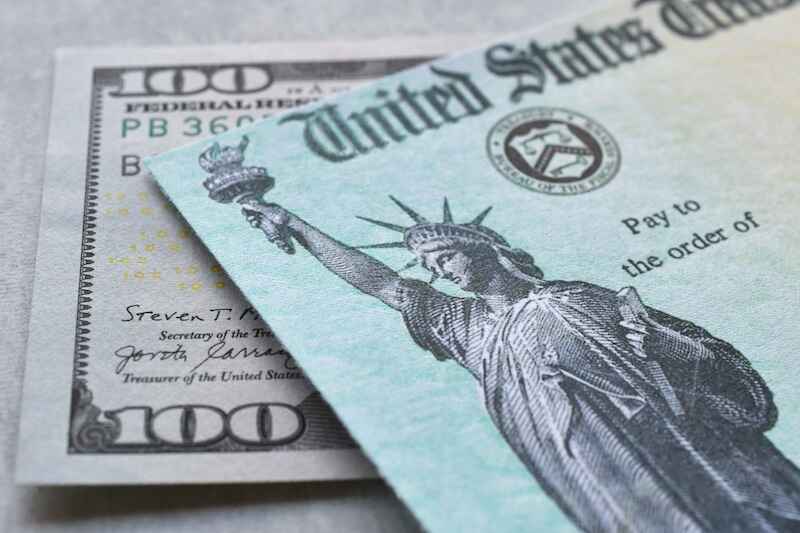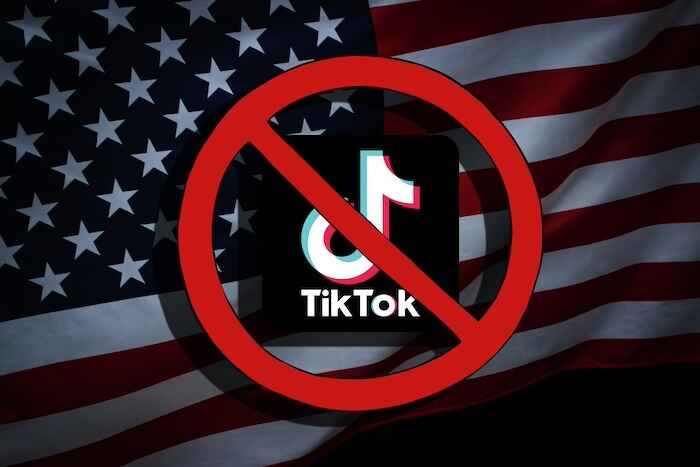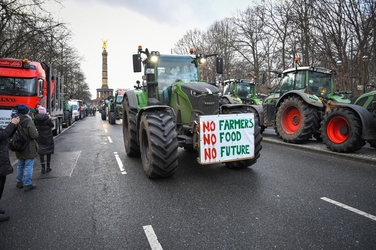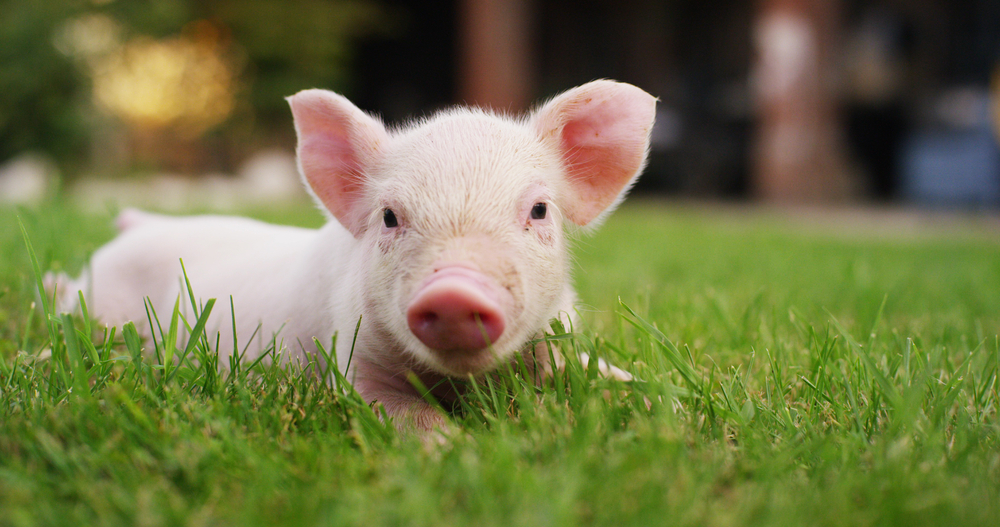Tyranny Made to Order
Joel Salatin|May 16, 2023
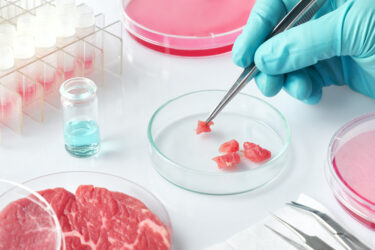
A Note From Amanda: Smart investors know you can’t fight the markets. Nor can you fight Mother Nature. That’s the message Joel has for us today. When the government and Big Ag try to circumvent nature, it never works… and makes us all worse off. Read on below.
The fake meat folks are behind schedule. Apparently it’s not easy to fool Mother Nature.
Remember the famous ’70s Chiffon margarine commercial that said, “It’s not nice to fool Mother Nature”?
At the time, Chiffon thought it had a product that would stand the test of time.
It didn’t.
Hydrogenated vegetable oil is now universally known to be catastrophically dangerous.
My, how the mighty have fallen.
Now, creators of lab meat seem to have drastically overstated their case.
Last fall, the FDA gave the green light for lab-grown chicken. But getting from there to a viable product is proving much more difficult than expected.
A couple of months ago, there was buzz about Singapore being the first country to offer lab chicken on its menus. It seemed like the beginning of something big.
But in truth, only 5,000 pounds of the product have been sold in Singapore. That’s not much.
Back in 2016, Upside Foods CEO Uma Valeti crowed that his company’s fake meat would be in high-end grocery stores and restaurants by 2019 and Costco by 2021, according to The Wall Street Journal.
But the company is still producing only a few pounds a year using small disposable bottles. It’s had significant contamination issues.
And Mother Nature laughs…
Cultivated meat requires highly sterilized environments in stainless steel bioreactors. Cell lines grow in these vats, are fed oxygen and nutrients (grain and other crops), and are then harvested and formed into material resembling meat.
News articles about these products tout their benefits (as espoused by CEOs and investors), as if only a demon would question the narrative.
For example, here’s a typical sentence on the topic from a WSJ story: “Beef and dairy cattle, along with other farm animals, are a major source of methane, a greenhouse gas.”
Slipping such editorial content into a news story is not just sloppy journalism. It produces a prejudicial narrative without nuance.
Grass-finished beef (i.e., cattle that were never fed grain) eats mainly perennials. These contain a type of bacteria that can metabolize the methane from 1,000 cows per acre.
And consider this… 500 years ago, the planet – and especially North America – had a far greater volume of animals than it does today. But they weren’t raised in feedlots or on factory farms.
The mainstream media’s contempt for these kinds of nuances does a disservice to animals… and their farmers.
And it is grossly unfair to people reading the story.
When will a reporter print a list of things the FDA has declared safe to eat?
- Monosodium glutamate
- High fructose corn syrup
- Glycol (antifreeze) in ice cream
- Red dye 29
- Genetically modified organisms (GMOs)
- Cows that had eaten the remains of other cattle, which gave us mad cow disease
- Pasteurized milk
An honest reporter, it seems to me, would print this list alongside EVERY anti-natural green light from the FDA.
The FDA’s track record is not good. To bow before that altar, as if “FDA declared safe” actually means it’s safe, is to fail to listen to any opinion that says otherwise.
Goodness, the FDA thinks Coca-Cola is safe to drink.
Most of the problem with lab meat development has been maintaining a sterile, completely controlled environment. In one example, rodent DNA got into a batch. Yes, bacteria is wayward. But animals have an immune system that automatically protects against these things. Rats don’t live in cows. And even if rats live next to cows, rat DNA never taints bovine DNA. Nature builds in many protections.
People routinely ask me if our nation’s food system is making progress toward resiliency. Toward soil building. Toward nutrition.
They always ask this expectantly, wishing and hoping I’ll give them good news.
Folks, it’s not good.
The fact that Cargill, Tyson Foods, Richard Branson, Bill Gates and Kimbal Musk all think lab-grown meat is a great investment shows that our society is not interested in authentic solutions. We’re still dedicated to fakery and ecological destruction.
If outfits dedicated to centralized power, production and profits think fake meat is a good idea… it’s probably not.
You can tell a lot about the real agenda by looking at the investors. Nothing from the names I listed above indicates a desire to democratize production or empower the producer.
Lab-grown food is the ultimate example of control and dependency.
Livestock offer democratized, decentralized nutrition to anyone who has a bit of land and stewardship savvy. What kind of person would think a universally available, individually sourced food supply is harmful to our planet?
The power to withhold food is perhaps the ultimate power. That is exactly what lab meat represents.
Assuming you can duplicate the quadrillions of enzymatic and microbial trades going on in an animal’s body shows unspeakable pride.
As the Bible says, pride goes before destruction, and a haughty spirit before a fall.
In a century, chances are we’ll look back on the fake meat experiment like we look back now on Crisco.
Nature laughs last.
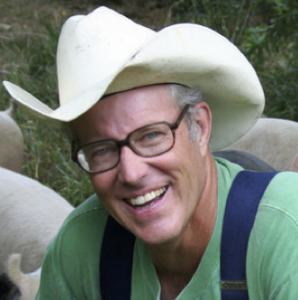
Joel Salatin
Joel Salatin calls himself a Christian libertarian environmentalist capitalist lunatic farmer. Others who like him call him the most famous farmer in the world, the high priest of the pasture, and the most eclectic thinker from Virginia since Thomas Jefferson. Those who don’t like him call him a bioterrorist, Typhoid Mary, a charlatan, and a starvation advocate. With a room full of debate trophies from high school and college days, 12 published books, and a thriving multigenerational family farm, he draws on a lifetime of food, farming and fantasy to entertain and inspire audiences around the world.


